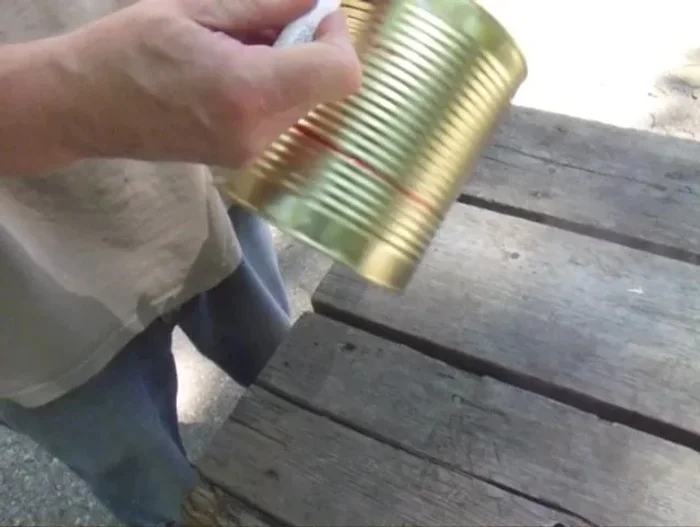Firing up your grill shouldn't be a laborious chore. Forget wrestling with lighter fluid, struggling with stubborn coals, and inhaling acrid fumes – there's a faster, cleaner, and infinitely easier way to get your charcoal blazing hot in minutes. This guide introduces you to the world of the DIY charcoal chimney starter, a simple yet ingenious device that transforms the grilling experience from a frustrating ordeal into a quick and enjoyable prelude to a delicious meal. Building your own chimney starter requires minimal materials and effort, offering significant rewards in terms of convenience and efficiency.
Building your own chimney starter is cheaper than buying one and allows for customization to your needs. This simple project will equip you with a tool that's both environmentally friendly and significantly reduces the time it takes to achieve perfectly glowing coals, ready for grilling. Ready to ditch the lighter fluid and embrace a superior grilling method? Let's dive into the step-by-step instructions to build your own DIY charcoal chimney starter.
Preparation and Safety Guidelines
- #10 metal can
- wire cutters
- coat hangers
- drill
- ⅛ inch drill bit
- marker
- hack saw
- church key
- wooden handle (or broom handle, 1x1 wood)
- 4 inch long 5/16 diameter bolts
- nuts
- washers
- wrench
- needle-nose pliers
- newspaper
- Always use a chimney starter outdoors in a well-ventilated area, away from flammable materials. Never use it indoors.
- Wear heat-resistant gloves when handling the hot chimney starter and coals. Coals remain extremely hot for a considerable time after use.
- Never leave a lit chimney starter unattended. Keep children and pets away.
Step-by-Step Instructions
Prepare the Can
- Get a #10 metal can, empty its contents, and remove the label. Keep the bottom on.
- Mark a line about a third of the way up the can. This is where you'll drill holes.


Prepare the Can Prepare the Grate
- Straighten out a couple of old wire coat hangers and cut six 8-inch segments.
- Insert the coat hanger wire segments through the holes, bending the ends about ¾ inch down on one side to create the grate.
- Bend the ends of the coat hanger wire segments on the opposite side to secure the grate.



Prepare the Grate Drill the Can
- Drill twelve evenly spaced ⅛ inch holes along the marked line. Hold the can steady and drill slowly.
- Using a church key, punch holes about every 2 inches along the bottom of the can for air flow.
- Drill corresponding holes in the can to match the handle's holes. You might need a pilot hole.



Drill the Can Attach the Handle
- Measure and cut a wooden handle (same depth as the can). Drill two holes in the handle to match the bolt size.
- Insert the bolts through the handle and can, securing with three nuts on each side.


Attach the Handle Prepare for Lighting
- Roll up newspaper and place it at the bottom of the can (under the church key tabs).

Prepare for Lighting Light and Use
- Add charcoal to the top, light the newspaper through the holes, and wait until the coals are white hot.

Light and Use
Tips
- Using a hack saw if wire cutters are insufficient for cutting the coat hangers.
- Drill slowly and carefully to avoid damaging the can.
- Use a pilot hole with a smaller drill bit before using the larger bit to help prevent slippage.
- Be careful of the sharp church key punches when removing the bottom of the can.












